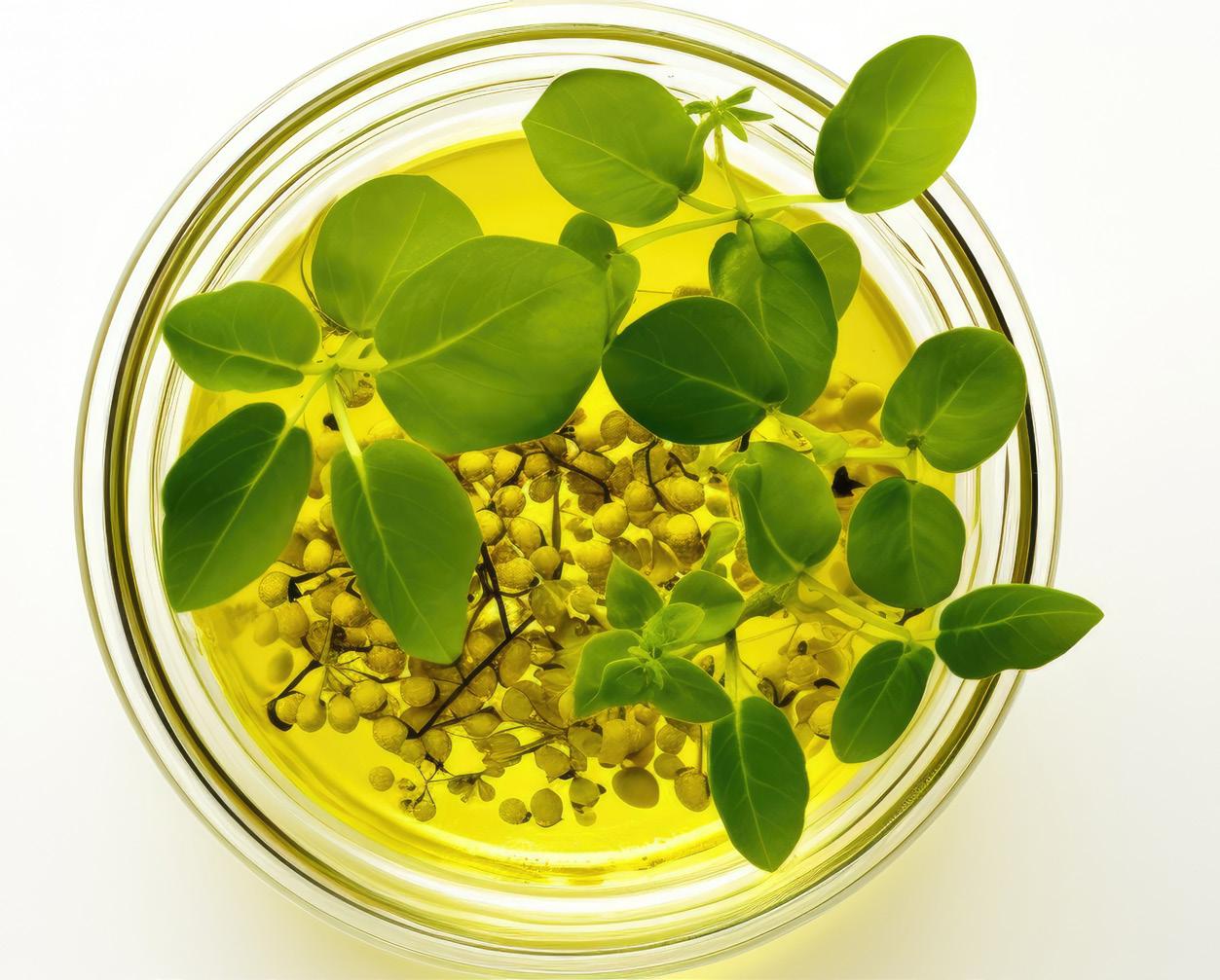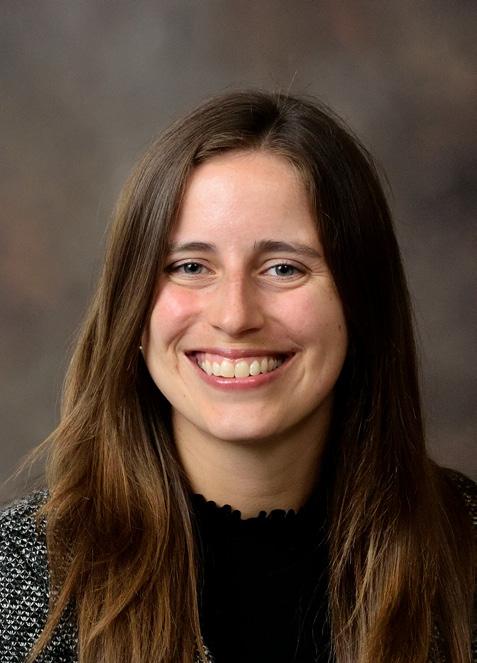
4 minute read
The Role of Research

What can ISA-funded research do for you? This was the question I posed to attendees of the 2024 Soybean Summit on Feb. 1 in Champaign. As Research Specialist on the Agronomy Team at the Illinois Soybean Association, part of my job is to work with farmers and researchers to curate projects that address soybean production challenges faced by Illinois growers. Checkoff dollars directed toward soybean production research should fund studies that provide new or updated recommendations that will benefit a farm operation or lay groundwork for future studies. Quality research can take time to produce results, but our goal is to provide regular updates on ILSoyAdvisor.com via videos, blogs, social media posts, podcast interviews, fact sheets and at events like our Better Beans series, Soybean Summit and summer field days. At Soybean Summit, I shared updates from a few completed and ongoing research projects. I encourage you to check out the recordings of each Soybean Summit session to hear all the details, but I’ll highlight three projects for you here that I shared.
In 2021-22, Dr. Andrew Margenot and his team at University of Illinois conducted a study to evaluate phosphorus best management practices for soybeans to increase nutrient use efficiency, profitability and water quality. Using phosphorus fertilizer trials at Urbana and Ewing, Margenot studied three different phosphorus sources (DAP, MAP and TSP), two rates (maintenance and 75% of maintenance), and three timings and placements (fall broadcast, spring broadcast and spring banding). Several findings came out of this study, but I’ll share one key insight: TSP is as good of a source of P as MAP and DAP for yield, plus it has the added benefit of avoiding nitrogen loss compared to MAP and DAP, especially from fall applications. Numerous resources from this project exist on our Research Hub archive on ILSoyAdvisor. com. You'll find a factsheet, blogs and a recorded webinar of Margenot sharing results. Go to https://www.ilsoyadvisor.com/research/ archive/ to learn more.
Dr. Jason Bond, Dr. Ruopu Li and Dr. Ahmad Fakhoury at Southern Illinois University recently wrapped up a three-year project aimed at developing tools to help manage soybean cyst nematode (SCN). They sought innovative techniques to estimate the level of SCN infestation in a farmer’s field, using monitoring and decision-making tools including drone images and some soil sampling. The SIU team found that drone-based multispectral vegetation indices technology, particularly the Normalized Difference Vegetation Index (NDVI), can detect stress to soybeans caused by SCN by assessing the vigor of the soybean canopy at the end of the growing season. They recommend regular UAV flights over soybean fields to help identify SCN infestations and guide targeted SCN management. Learn more about this project on the ILSoyAdvisor Research Hub.
University of Illinois Extension Commercial Agriculture Educator Nathan Johanning kicked off a project with his Extension colleagues in fall 2022 to study the importance of cover crop planting date and seeding rate for cereal rye ahead of soybeans and two clover species ahead of corn. With one year of the study complete and the second season of cover crops planted ahead of the 2024 growing season, concrete recommendations are still in the works. But Johanning regularly provides updates through field days and videos, making sure his observations are available to help farmers’ decision-making. In a recent video from December, Johanning shared that earlier cereal rye planting dates (think late September) at lower seeding rates such as 30 lbs. per acre can yield high biomass. Can’t get into the field until late November to plant your cereal rye? Although fall growth will be limited, this late planting can still be worth it, as more growth will occur in the spring. Stay tuned to ILSoyAdvisor.com for more updates and results from this ongoing project.
We want checkoff-funded research to work for you, the farmers and advisers out there who rely on unbiased information to make decisions affecting your livelihood. But for the research to work well, we need input from you, those same farmers and advisers. Cue the annual Soybean Production Concerns Survey administered by the Agronomy Team here at ISA. With a new name and revamped questions, the survey will give you the opportunity to let us know of production challenges you are facing on your operation, or the growers’ operations you work with, so that we can better direct research toward those questions. Check the back cover of this magazine for a QR code you can scan with your phone or tablet to go directly to the survey. You can also access the survey year-round on the new ILSoyAdvisor.com Research Hub, which I encourage you to visit to learn about ongoing soybean production research projects.








